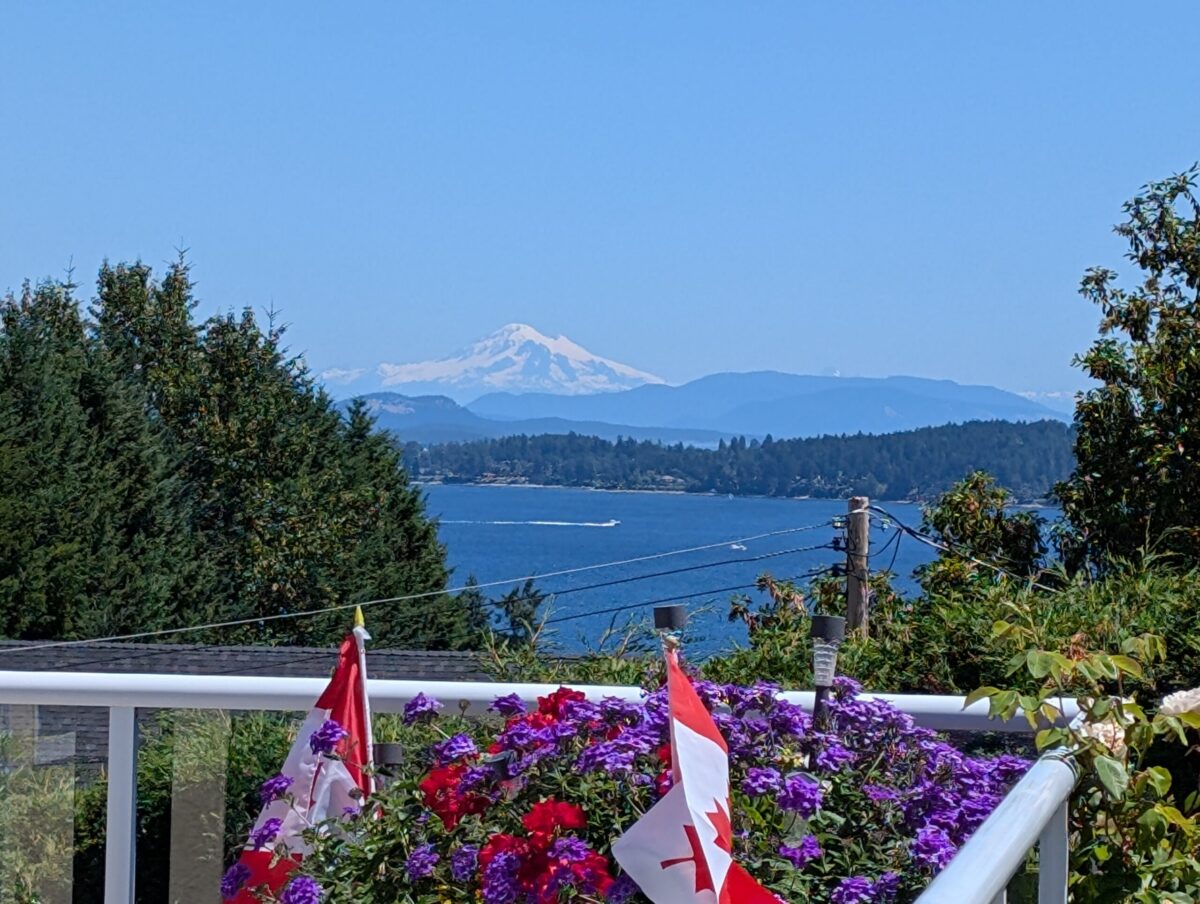In many respects the South Pole at the turn of the 20th century was an environment of no’s. There was no point of reference. There was no large geographical landmark announcing, “You are here!” There was no large hole in the ground staked with a massive pole obtrusion or place name. There was no marker. There was no obvious tell tale sign that an objective had been reached. There was no support for life. There was nothing there but wind: a wind so cold and bitter that it was life sucking. It was as if the wind gods had found a place on earth to vent their anger unabated. A howling, deafening non – prevailing wind with snow and blizzard and drift that was constant only in its relentless power: a non-prevailing confused and chaotic maelstrom because there was no direction here – except north. There was no warm southwesterly, steady westerly or an easterly. Everywhere one turned one was facing north. There was only the bitter north wind. And coming from all directions!
And there was nothing at the South Pole except a frigid, blinding white desert plain projecting a desolate and frighteningly yet awesome picture of nature – at its best and at its worst: a lifeless, broad, flat, monotonous stretch of frozen landscape that stretched as far as the eye could see – in every direction. In the summer months there were 24 hours of sunshine but with it came an incessant blinding glare. In the wintertime an eternal darkness fell over the land like a veil of silence in death: a darkness that was made all the more eerie and dangerous with temperatures dropping off the bottom of the Fahrenheit scale. And everywhere one looked it was always the same. There were no distinctions: only wind and drift and snow and ice.
The south polar plateau was an icy land that was both hypnotically breathtaking as it was nomadically restless. Ice that was so pervasive, it was everywhere: ice – in crystallized air; ice – in frozen breath; ice – in frozen sweat; ice that was over a mile thick; ice that permeated and smothered every secret that the land may hold; ice that moved; ice that scorched a path across a barren landscape; ice that was so relentless and unwavering in its slow glaciated crawl across the south polar plateau toward the Trans-Antarctica Mountains; and ice that fell in precipitous icefalls, down expansive glaciers that were bordered by mountains over 15,000 feet in height. Towering granite peaks, like sentinels, these mountains protected a high frozen polar ice prairie that was home to a non-descript geographical point of the earth that was the frozen underbelly of the world. The South Pole was indeed cold and inhospitable. It was a terrible place.
And on this land of ice and snow, on this south polar plateau some 10,000 feet above sea level, tales unfolded in an historical context of polar exploration that have since become the source of legend and myth: legendary tales of survival, of leadership, of endurance, of courage, of success, of heart rendering self-sacrifice, of depression, of defeat, legendary myths and tales of men, of dogs, of ponies, of unremitting hunger, of disease, of death. It is a place of storied heroism, of foolishness, of fickle and fate, of obstinacy and ignorance, of mental breakdown and stupidity. It is a place of friendship, of camaraderie, of jealousy, and spite. It is a place of majestic peaks, of icy crags, of hidden crevasses, of bottomless chasms, of pressure ridges, of untold beauty and horrific dangers and suffering. It is the vast polar plateau, the Beardmore and Axel Heiberg Glaciers, the expansive Ross Ice Shelf, The Devil’s Ballroom, McMurdo Sound, the Western Mountains, Katabatic wind, Terror and Erebus, the Bay of Whales. It is the playground of killer whales, the home of the Emperor and Adele penguin, the Weddell seal, Skuas and the Antarctic Petrel.
For some men the South Pole symbolized gentlemanly fulfillment. The Antarctic environment entrapped them into an addiction of exploration and an escalating sense of superhuman accomplishment. It instilled a sense of unbridled commitment and fulfillment to a cause that was of intellectual importance and of spiritual poetry and propriety. Apsley Cherry-Garrard, one of Robert Falcon Scott’s men and author of one of the best south polar chronicles written “The Worst Journey in the World” (Cherry-Garrard, 1930) described south polar exploration this way: “Exploration is the physical expression of the Intellectual Passion”(Cherry-Garrard, 1930, page 577). Perhaps it was for men brought up on Victorian values: Victorian men who were intellectually nurtured on Browning, Tennyson, Dickens and Darwin, or influenced by Jowett (Hibbert, 1987). But for many of these men there was also that adolescent like fearlessness and ignorance of the horrific dangers, subtleties and paradox that was the Antarctic. Reading their stories, their fearlessness and bravado somehow undermined the intellectual passion and poetic romanticism. For the Antarctic may be in one instant a beautiful thought provoking place. But in the next it heralds a terrible, frozen death. Its death knell is both unsuspecting and indistinguishable, but death nevertheless. For the Antarctic environment knows no glory. It knows no sense of gentlemanly conduct. It has no sense of fair play or understanding of intellectual pursuits or passion. The Antarctic is not a positive place at all. It is an environment of no’s.
(c) Shakeyjay 2002
Discover more from ShakeyJay
Subscribe to get the latest posts sent to your email.

Awesome!